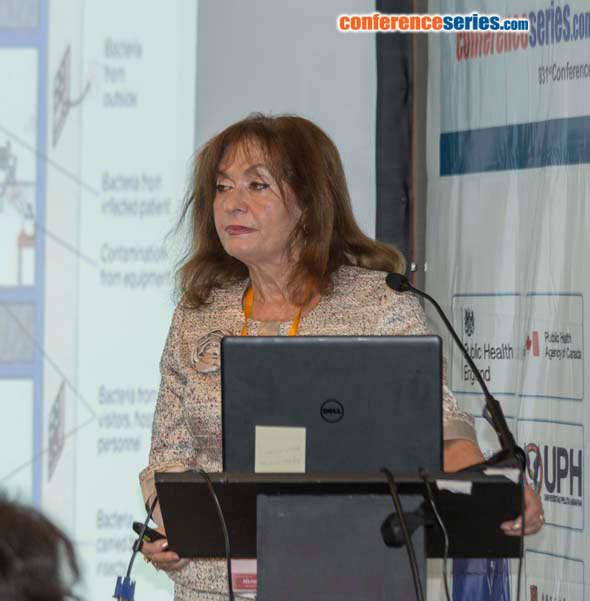
Lia Monica Junie
University of Medicine and Pharmacy, Romania
Title: Polymerase chain reaction in the detection of the methicillin-resistant staphylococci
Biography
Biography: Lia Monica Junie
Abstract
Background: Methicillin resistant strains of Staphylococcus aureus (MRSA) were identified shortly upon the introduction of methicillin into the clinical practice. Rapid detection of MRSA is desirable.
Methods: S. aureus strains were isolated from hospitalized patients, including intensive care wards and other units. The identification of the S. aureus strains was made by phenotypic methods and automated methods (Vitek2Compact BioMerieux). The MecA gene of the clinical isolates detection has been unfold by PCR. The PBP2’ latex agglutination test, Cefoxitin E-test and Oxacillin MIC as phenotypic methods of MRSA detection are evaluated and compared with the mecA detection by PCR, as the standard method to identify the MRSA strains.
Results: 57.5% of the isolated strains from different pathological products were MRSA and 42.5% were MSSA. The PBP2’ latex agglutination test detected PBP2a in 55.3% of the tested strains leading to a sensitivity of 96.3% using mec A gene detection. Most of the MRSA isolates were multi-resistant to antibiotics, being resistant to b-lactamins, Aminoglycosides, Macrolides and Ciprofloxacin.
Conclusions: Molecular methods which detect the mecA gene are replacing the Oxacillin MIC method as the reference one. The comparison of the phenotypic methods with PCR reveals that among the first of them, PBP2a latex has a high sensitivity (97.9%), being used as an alternative phenotypic method for the MRSA detection. Following the resistance profiles of the strains, identified by these methods, we observe the existence among them of some different clones that reveal the importance of the correct identification of the MRSA strains for the infection therapy and its prophylaxis.
Speaker Presentations
Speaker PPTs Click Here




